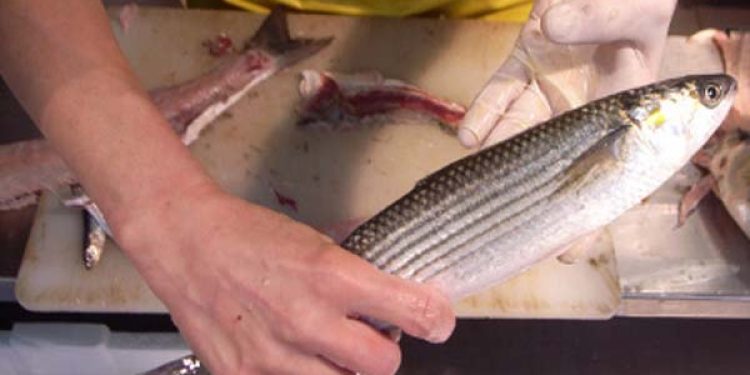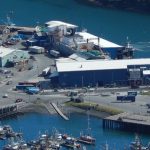Commissioner Maria Damanaki is officially launching the new European Market Observatory for Fishery and Aquaculture Products (EUMOFA) at the European Seafood Exposition. The Observatory is an EU-wide interactive web-tool offering up-to-date data on volume, value and price of fisheries and aquaculture products throughout the supply chain, from when they land to port to when they are displayed on supermarket shelves.
“If you want to know market trends and market drivers for wild or farmed seafood products, the Market Observatory is the tool for you” said Commissioner Damanaki. She continued: “what counts today is value, not volume, of production. With this modern tool we empower economic actors through accurate, real-time market information”.
The Observatory is updated daily with production information from the local to the EU-wide level and includes data on imports, exports and consumption trends. It regroups in one single place information that was previously spread over several sources, formats and languages. It is multilingual, user friendly and free of charge.
For example, with three clicks you can get the cod prices in early April over 14 market places in 7 European countries. Just as easily, you can research the wholesale prices for trout in late March in France, Italy and Spain or the retail prices in four chosen countries. The main EU tropical shrimp suppliers of the last 5 years are 4 clicks away. So are the main EU exporters to Spain for small pelagic species by volume and by price. If you need to know what we catch, farm, import or eat in a specific area, you can easily get all those core figures by a simple search. You can then save the parameters of any search to obtain customized and updated results weekly, monthly or whenever you come back to the website.
The Observatory has been developed by the European Commission to facilitate structural planning and decision making for economic operators, NGOs and policy makers. Each user can obtain customized results according to their specific interests or preferences.
It is expected to support market transparency and stability and let producers identify new market opportunities and optimise value of production. This should in turn help moving away from production strategies based solely on volume and thus contribute to social, economic and environmental sustainability.
EUMOFA is run and managed by the European Commission. Data are mainly provided by public authorities in Member States and European institutions.
European Commission
FiskerForum.com









